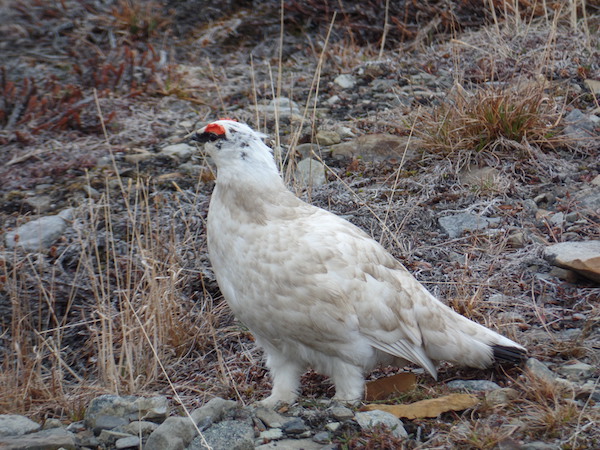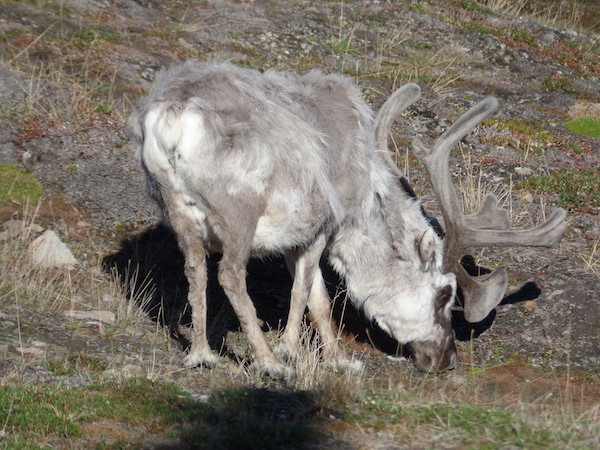Project page - The warming Tundra
The warming Tundra
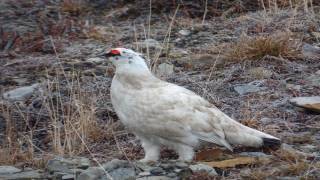
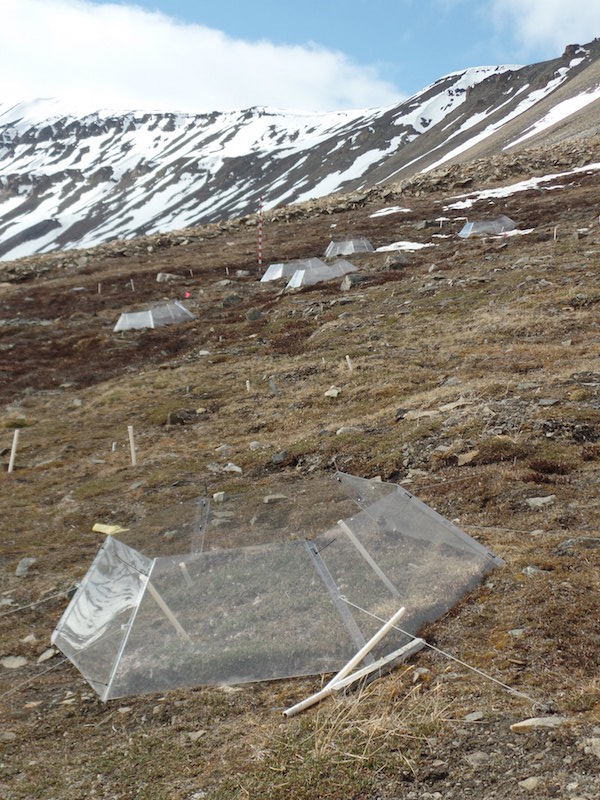
Earth System Model projections suggest an amplified effects of warming in the Arctic region. One of the terrestrial feedback effects of accelerated warming in the Arctic comes from the role Arctic ecosystems play in global carbon (C) cycling as changes in vegetation combined with microbial processes regulating C release from soils will alter ecosystem C balance measured as CO2 fluxes. Therefore, understanding the sensitivity of tundra ecosystem to warming is critical to forecasting future terrestrial feedbacks to climate.
In situ simulations of warming scenarios in tundra ecosystem have been conducted using passive warming Open Top Chambers (OTCs) as part of the International Tundra Experiments (ITEX) and has become a standard field manipulation method. There is an ongoing ITEX project in Endalen that span over 10 years of observations and experiments in the context of tundra warming using OTCs in the high Arctic tundra ecosystem.
We used the newly developed membrane-based Forced Diffusion (FD) chambers to measure CO2 fluxes in the ITEX sites in Endalen at the sites dominated by Cassiope tetragona. This site has shown a clear sign of warming effects via changes in the phenology of major vegetation present within the OTCs as a result of long-term warming of tundra ecosystem.
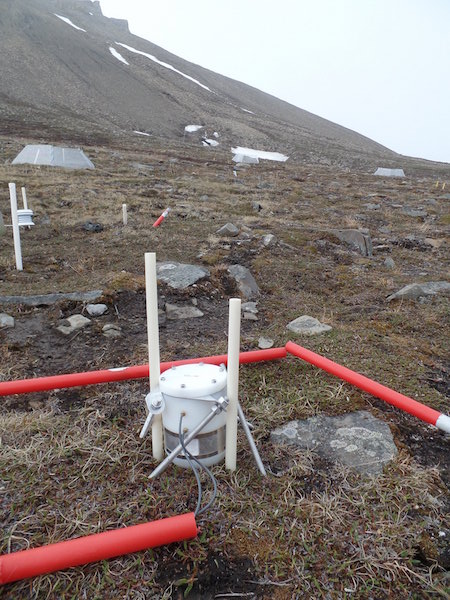
The FD chambers are powered by a solar panel connected to a large car battery to reduce the amount of maintenance. Since its successful establishment in July of 2015, the FD chambers are taking CO2 flux measurements automatically at 4-hourly basis.
The research was made possible by the Svalbard Science Forum – Arctic Field Grant awarded to Hanna Lee in 2015 (RIS ID 10116: ‘Effects of summer and winter warming on CO2 efflux in high Arctic tundra’). This award created collaborations across three institutions in the topics of ongoing ITEX conducted by Dr. Ingibjӧrg Svala Jónsdóttir at University Centre in Svalbard, development of new techniques on continuous measurements of soil respiration by Dr. David Risk at St. Francis Xavier University in Nova Scotia, Canada, and terrestrial biogeochemist Hanna Lee at Uni Research Climate in Bergen. The summer field season was extremely successful, which lead to continuous CO2 flux data collection at the ITEX site in Endalen.
